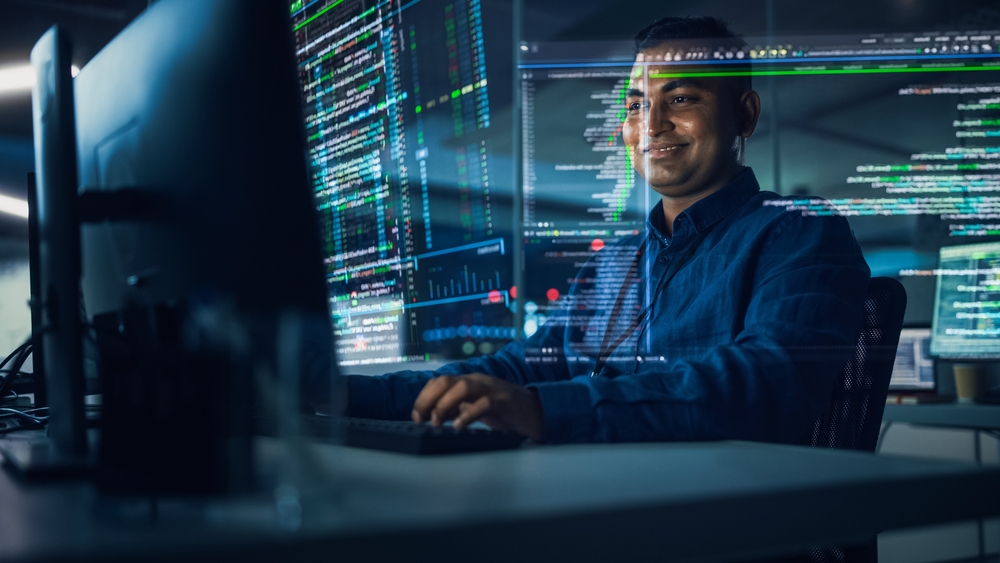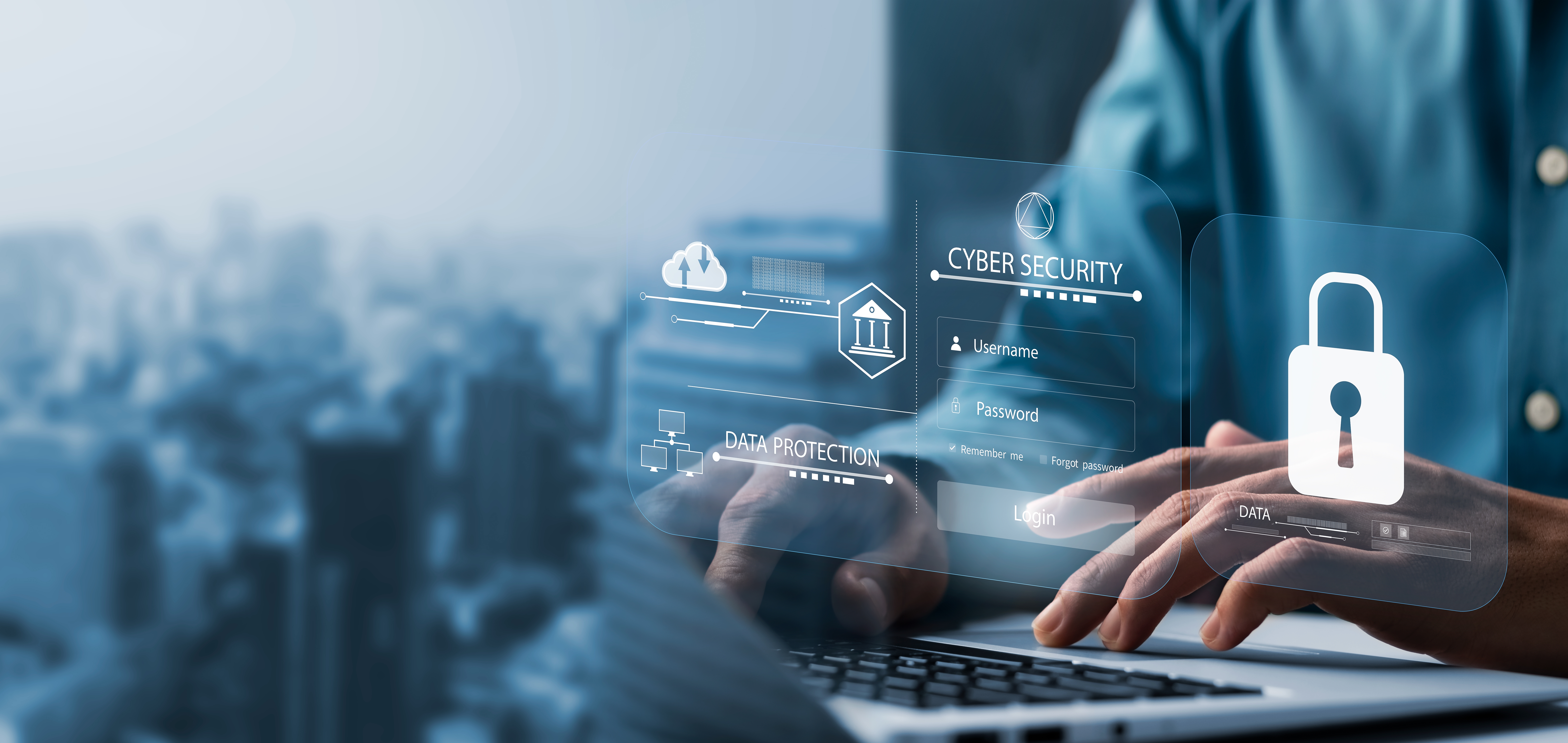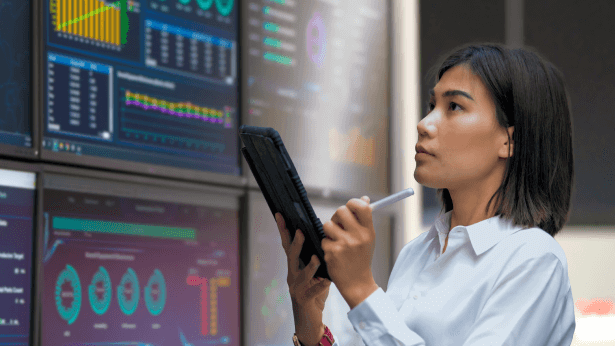Establishing robust cybersecurity hygiene through the continuous improvement of your organisation’s security posture is critical in mitigating the risks of data breaches, operational disruptions, and reputational harm.
A strong security stance is pivotal in countering emerging threats and effectively neutralising existing ones. This is even more critical as businesses continue to invest in new technologies and systems to drive greater business efficiencies in 2024.
What is cybersecurity hygiene?
Just like personal hygiene, having a good cybersecurity hygiene will ensure that your organisation is in a good state of health and well-being. It keeps your critical data and applications safe, allowing you to better protect yourself against cyber threats both inside and outside of the organisation.
In the Asia Pacific region, the prevalence of security incidents is largely attributed to poor cybersecurity hygiene. The number of users accessing company systems from different devices and locations, encompassing on-premises, hybrid, and multi-cloud environments, underscores the necessity of rigorous cybersecurity hygiene as a do-or-die factor for companies in Asia-Pacific.
People are the weakest link in any cybersecurity defence. Ultimately, maintaining cybersecurity hygiene means cybersecurity practitioners and employees must adhere to a set of optimal behavioural practices consistently, despite how monotonous they might be.
How to plan for complete cybersecurity hygiene
To maintain top-tier cybersecurity hygiene, a thorough game plan is indispensable. Begin by assessing the threat landscape, evaluating your organisation’s current status, and identifying gaps in security and technology. This evaluation is crucial in pinpointing effective solutions for existing cybersecurity threats and in formulating a strategy to attain the ideal security posture, followed by the selection of appropriate solutions.
With hybrid work becoming the norm and companies increasingly shifting most workloads to multi-cloud environments, the threat landscape has also expanded. A thorough evaluation of unsecured data, suspicious activities, vulnerable solutions and devices, and authentication configurations is vital, along with assessing the organisation’s ability to respond promptly.
It is essential to recognise potential vulnerabilities, including data susceptible to compromise and gaps in compliance, as well as identifying identities that may be vulnerable to malicious activities. Whichever solution you choose, it should be able to see more and stop more than those offered by conventional security measures.
Achieving comprehensive visibility into your cloud environments through a unified application protection framework is critical. In these environments, the ability to see more and stop more, while still ensuring high application performance, highlights the significance of identity-based threat detection and remediation.
Before integrating solutions for deploying a SASE framework to protect your network infrastructure, it is beneficial to get a clear inventory of all assets and their locations. Identifying and mitigating security vulnerabilities in these assets is essential to developing a solid security posture. A strategic plan for continuous monitoring of your assets to ensure their security is integral to the maintenance of cybersecurity hygiene.
Protecting against cyber threats
Equipping your security teams with enhanced intelligence allows you to protect against threats to both organisational and customer data, preemptively addressing them before they spread. A comprehensive cybersecurity strategy proactively identifies and monitors specific vulnerabilities, simplifying the steps needed to outsmart malicious actors and prevent cyberattacks.
Engaging an expert managed services provider can facilitate the auditing of services across your supply chain, providing an accurate assessment of your security posture and minimising the impact of vendor-based and other cyber threats on your organisation’s assets. Moreover, such a provider can leverage advanced threat intelligence and research capabilities to actively seek out potential cyber risks and track malicious activities that could disrupt your business operations.
Phishing attacks, adept at disguising as marketing communications, are a common vector for ransomware. This ransomware can remain dormant within your systems and strike during a weak moment. Therefore, it is important to not only prevent malware attacks but also to drastically reduce the time they remain undetected within your network.
IT security teams in APAC often lack the tools to detect, protect, or mitigate these undetected threats, leaving organisations at risk of devastating consequences that can cripple business operations. A managed services provider can introduce the necessary technology and expertise to detect and address emerging cybersecurity threats and high-speed attacks.
Reacting to attacks in the right way
Once a threat is detected, it’s essential to quickly neutralise, disarm, and remediate it in real time to prevent data loss and damage to the corporate reputation. A security operations centre, using advanced threat intelligence feeds, can establish proactive security policy rules for automated threat detection and remediation. This reduces dwell time and restores impacted endpoints to their pre-attack states. An artificial intelligence engine can also be used to identify anomalous application behaviour or threats and remediate them by restoring endpoints to their pre-infection status.
Should a disaster occur, having a recovery plan is wise. The Disaster Recovery as a Service (DRaaS) model can facilitate a quick return to normalcy in the event of a disaster. DRaaS integrates with firewalls, local disks, rollback images, and protected virtual machines to keep your organisation’s data protected and retrievable. A disaster recovery system that can restore normalcy within minutes is crucial to maintaining customer confidence in the continuous security and compliance of your applications and data.
Everyone has a role in upholding cybersecurity hygiene
The task of maintaining cybersecurity hygiene is not solely the responsibility of the CISO; it falls on the entire organisation. Since people are both the first line of defence and the weakest link within the cybersecurity framework, the IT department’s efforts should be concentrated on fostering widespread cybersecurity awareness. A thorough grasp of the preventive measures against cyberattacks is essential throughout the organisation.
A secure organisation with high levels of cybersecurity hygiene is characterised by an ingrained culture of cybersecurity awareness that permeates from the executive level to the front lines. The security operations centre needs the proper tools, systems, and contemporary frameworks to enhance its daily functions. With today’s AI and ML-driven intelligent cybersecurity platforms, threat detection and remediation can be largely automated, allowing your organisation to allocate critical security personnel to fundamental tasks and the continual updating of security systems, tools, processes, and policies. Contact us to see how Lumen’s managed security service can help enhance your organisation’s cybersecurity hygiene.





